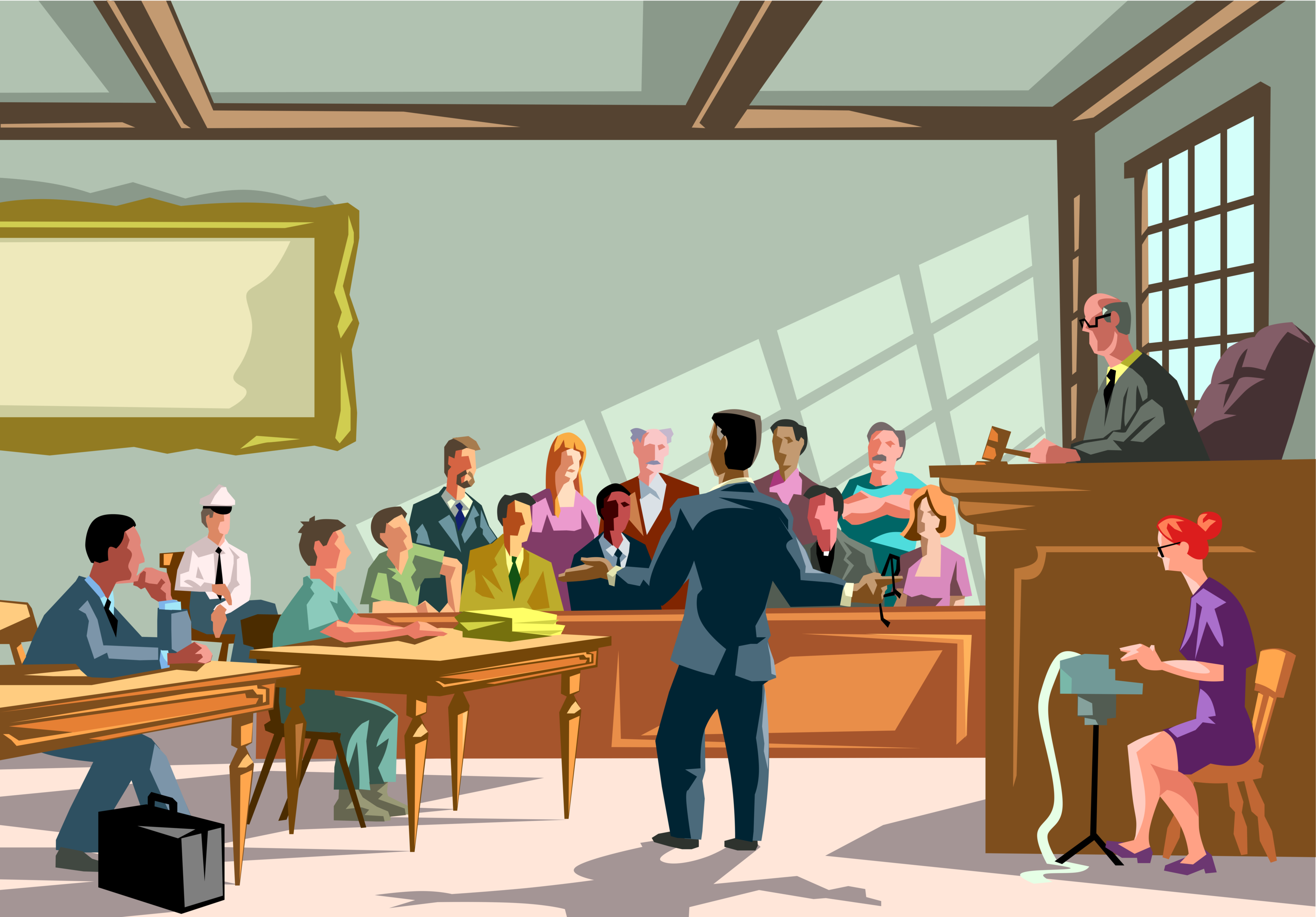Believe it or not, the actual trial process is typically the shortest leg of any lawsuit.
If you were injured because some other person or company behaved negligently and caused an accident, you may feel that you deserve compensation through the judicial system. But you may have questions about what the actual process of a personal injury lawsuit looks like.
In order to get started with your lawsuit, you will have to first make an official filing of your suit with the court and provide notice to the other side that you plan to sue them. Once you have done this, the pre-trial phase known as discovery begins. During discovery, you and your lawyer will work together to gather evidence, depose witnesses, and negotiate with the other side about terms of a potential arbitration arrangement. Only when the discovery period ends does the actual trial begin. Personal injury trials typically do not last longer than a week to resolve. You can settle your claim at any point up until the court’s final decision.
How to Bring Your Personal Injury Claim to Court
In order to officially begin the court process for your personal injury, you will have to file your suit (sometimes called a “complaint”) with the appropriate county clerk. You will also have to serve the defendant in your case with a copy of the complaint in order to satisfy the notice requirement. Notice requirements and how to meet them vary by jurisdiction, so be sure to work with an Arlington personal injury lawyer when executing this step. Once you have filed, expect to hear back from the court shortly with a set discovery period.
Discovery Process for a Personal Injury Lawsuit
Discovery is essentially the allotted time for both sides to do research on the circumstances of the accident. Both sides will also get a chance to examine each other’s evidence and witnesses. During discovery, most witnesses will have to go through depositions, which are scheduled interviews while the witnesses are under oath.
Discovery is almost always the lengthiest part of a personal injury lawsuit, especially for more complex cases. The end of discovery date can be pushed back for a number of different reasons. This is also the opportunity for any pre-trial motions. Motions are requests by either side to have the court make rulings on key issues. Such issues often concern whether particular evidence found during discovery should be allowed into the court. One or both sides may submit a motion for summary judgement, which is essentially a claim that, even if all of the evidence for the other side is true, they still cannot win the case. These motions are rarely granted.
Arbitration Process for a Personal Injury Lawsuit
Towards the end of the discovery period, the question of arbitration may come up. Arbitration is an alternative path to pursuing a claim through the court system. The case would be argued in front of a neutral party (the “arbitrator”) who is usually an attorney or retired judge. Arbitration has less of the red tape of a traditional court proceeding, but the final decision may have the same legal effect as a court order.
To opt for arbitration instead of a lawsuit, both parties must agree to a negotiated arbitration structure. Negotiating the terms of arbitration is complicated. Many parties find that they cannot agree with the other side on the terms and are therefore forced to go to trial. The terms that the parties must agree on prior to arbitration include how evidence is presented, how the arbitration fees will be paid, what rules of evidence will apply, and whether the arbitration decision will be binding and final, as opposed to more of a strong recommendation.
You can have an attorney present for your arbitration case, and you should use one when considering whether arbitration is a better option for your circumstances.
Trial Process for a Personal Injury Lawsuit

Believe it or not, the actual trial process is typically the shortest leg of any lawsuit. Depending on the severity of the injuries, the damages claimed, and the nature of the accident that caused the injury, the actual trial may last a week or even a few days.
Once the two sides have made their arguments and introduced their evidence, the court will render a decision. Many decisions can go before a jury, but sometimes you might choose to have it come directly from the judge (or technical rules might require a judge to hear the case instead of a jury). This is called a bench trial. If you receive a decision that you or your Plano Injury lawyer believes was reached in error, you have the opportunity to appeal.
Prior to the decision, you have the ability to settle your claim. You can negotiate a settlement all the way through the trial. In fact, a substantial amount of personal injury cases reach settlement on the day that the trial is set to begin. These are often called “courthouse steps” settlements.
Settlements can be a lucrative way of settling a dispute faster and have the added benefit of avoiding having to leave the decision in the hands of the court. However, by agreeing to settle, personal injury plaintiffs give up their opportunity to obtain more compensation through a court decision. Be sure to talk with your attorney before agreeing to any settlement offer from the other side.


Join the conversation!